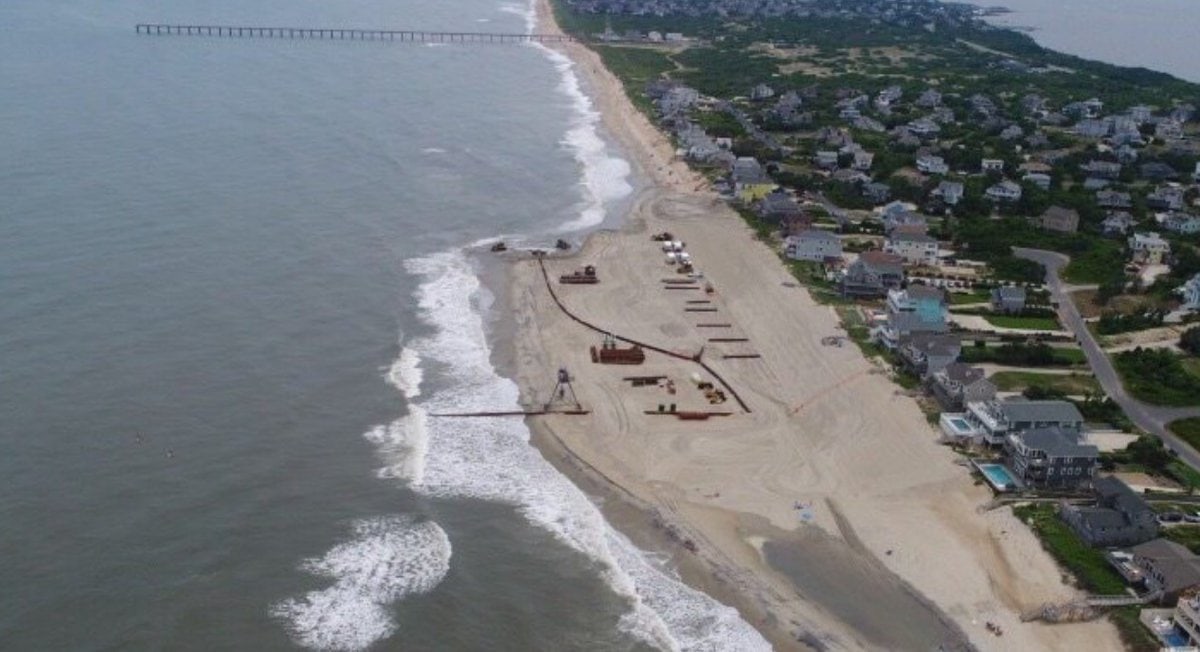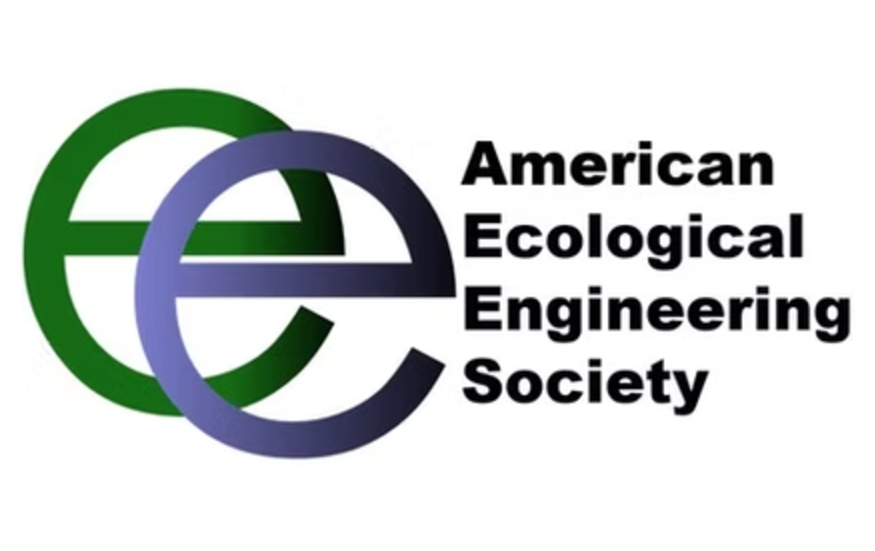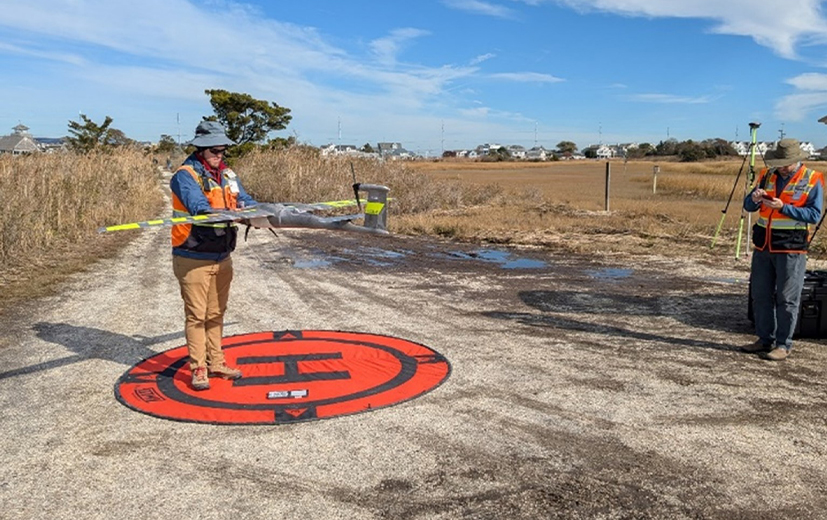August 2023. An Engineering with Nature research team is field testing a novel approach to gathering geological data in the challenging nearshore environment. The team utilized the Coastal Research Amphibious Buggy (CRAB) at CHL’s Field Research Facility in Duck, NC. The CRAB provided stability in this dynamic zone, enabling the successful collection of geologic data using a vibracoring system. This achievement expands CHL’s capabilities for stable geological and geotechnical data collection in the nearshore.

Next year, the team will deploy the system in deeper waters, up to 26 feet, to conduct EWN research. The project involves strategic nearshore placement of olivine sand in partnership with Vesta, a public benefit corporation. Olivine’s unique ability to sequester carbon as it weathers in the ocean positions it as a potential tool for combating climate change. The project will track olivine migration, weathering, and sand transport. The interdisciplinary team includes members from ERDC CHL and EL, Vesta, and the University of North Carolina at Greensboro, NC.





